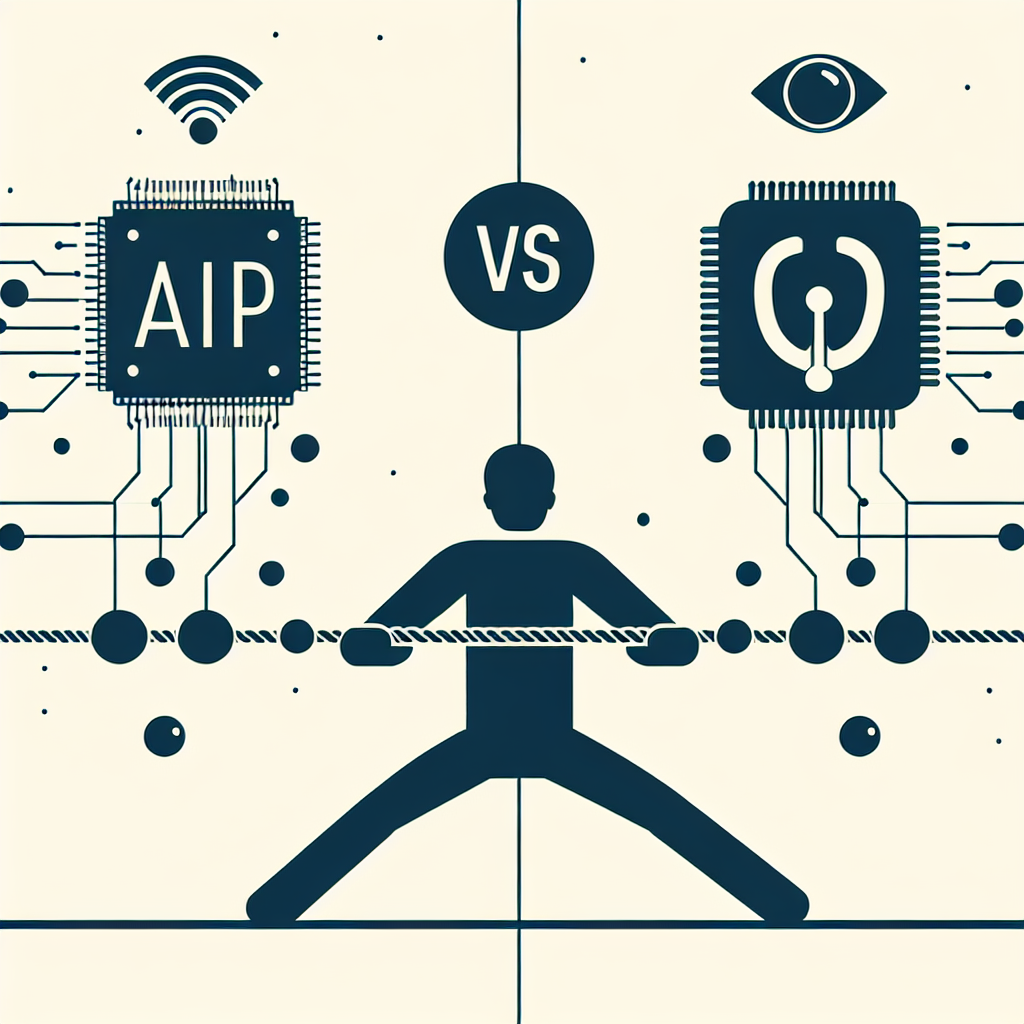
U.S.–China Tech War: Chips, AI, and the Future of Innovation
Introduction: Navigating the New Era of Tech Rivalry
The Origins of the U.S.–China Tech Tensions
The Semiconductor Sector: The Heart of the Conflict
Why Chips Matter
US Restrictions and China’s Response
The Global Implications
Artificial Intelligence: The New Frontier
AI as a Strategic Asset
Competition in AI Development
AI and Ethics
Impacts on Global Innovation Ecosystems
Decoupling and Its Consequences
The Future of Innovation Amidst Tensions
Potential Scenarios
- Continued Competition: The U.S. and China maintain a fierce race, with frequent restrictions and ongoing investments, leading to innovation stalemates but also breakthroughs spurred by urgent competition.
- Strategic Cooperation: Despite tensions, some areas like climate tech and public health could foster collaboration, providing avenues for mutual benefit and stability.
- Global Splintering: Divergent technological standards and supply chains might create competing “tech spheres,” impacting global interoperability and progress.


